The Selous is one of the largest game reserves in Africa and holds one of the most revered strongholds of animals on earth. Wildlife enthusiasts love the Selous, a huge area in Southern Tanzania with millions of acres of bush, woodland, hills and grasslands. The Rufiji River is its life force filled with hippopotamus and crocodiles and surrounding it is a fascinatingly diverse ecosystem. This wild paradise is full of surprises as you walk along the riverbanks spotting leopard and packs of wild dog, each day is different and filled with excitement.
All of the trips we create for Selous Game Reserve are designed and tailored specifically for you. We create each trip from a blank piece of paper, building the holiday you had dreamed, using our experience, knowledge and contacts to design the ultimate experience.
Below are some of examples of trips in Selous Game Reserve that we have created, designed to showcase the destination, our expertise and create some inspiration.
12 Day Itinerary
Guide Price: £13,200pp
Guide Price: $15,900pp
Experience an exhilarating African journey featuring an exciting Serengeti safari, offering unparalleled opportunities to encounter the Big Five, complemented by a tranquil beach escape to the sparking waters of Zanzibar.
12 Day Itinerary
Guide Price: £9,000pp
Guide Price: $10,800pp
Embark on an African adventure to experience the best of Southern Tanzania, featuring incredible wildlife sightings, walking and boat safaris and a diverse landscape all to be explored.
Duration: 12 Days
Guide Price: $15,900pp
Guide Price: £13,200pp
Experience an exhilarating African journey featuring an exciting Serengeti safari, offering unparalleled opportunities to encounter the Big Five, complemented by a tranquil beach escape to the sparking waters of Zanzibar.
Duration: 12 Days
Guide Price: $10,800pp
Guide Price: £9,000pp
Destination:
Embark on an African adventure to experience the best of Southern Tanzania, featuring incredible wildlife sightings, walking and boat safaris and a diverse landscape all to be explored.
Broadly spaced along the lakeshore, Siwandu’s superbly appointed accommodation ensures maximum privacy and every opportunity to soak up the sights and sounds of Selous.
Eight stone and thatched cottages, all open-fronted and raised on decks overlooking the Rufii River.
Spacious stone and thatched cottages adorned with lifestyle magazine-worthy interiors
The lodge provides a relaxed, friendly and beautiful safari home on the banks of the Rufiji.
The least-celebrated of the parks on Tanzania’s well-trodden ‘Northern Circuit” the Tarangire National Park is arguably the most rewarding of them all to visit, offering an amazing wildlife viewing experience in an incredible landscape studded with baobab trees and termite mounds. Perennial rivers run through the park and help to attract a huge volume of wildlife.
A short drive down the road from Kilimanjaro airport, sitting in the shadow of Mount Meru, the safari town of Arusha is the starting point for all safaris through northern Tanzania, with all visitors spending at least the first night of their trips here. Safari operators base themselves here, as do guides so it is a natural spot to start and end any trip.
The westernmost of all Tanzania’s National Parks, the Mahale Mountains overlook Lake Tanganyika and to the D.R.
Found in the remote western part of Tanzania, the Katavi National Park undoubtedly qualifies for “hidden gem” status, with its annual visitor total of around 1000 being less than the Ngorongoro Crater receives during a day. Best combined with the Mahale Mountains and sometimes the Ruaha National Park, Katavi is at the heart of Tanzania’s western safari circuit.
At the heart of Tanzania’s northern safari destinations is the renowned Lake Manyara National Park. Accessed by road or air from Arusha, with the Ngorongoro Crater the next natural stopping point, the park offers the chance for excellent game viewing and the chance to be active as well.
When it comes toblissful hammock-lounging beaches, the mainland can teach the islands a thing or two. Pretty much every coastal town and hamlet fronts tropical turquoise waters and crystal-white sands, and in between are hundreds of other beaches known only to the odd passing fishermen.
Mount Kilimanjaro, with its three volcanic cones, “Kibo”, “Mawenzi”, and “Shira”, is a dormant volcano in Tanzania. It is the highest mountain in Africa, rising to approximately 5,895 metres above sea level.
Ruaha National Park is the largest national park in Tanzania, almost 50% bigger than the Serengeti, yet with a fraction of the visitors. The park is rich in its flora and fauna, making for an exceptional game viewing experience.
If you are looking to get off the beaten track then Western Tanzania is a great destination. Rarely a choice for the first time safari, Katavi National Park and the Mahale Mountains National Park receive only a tiny fraction of the visitors to Tanzania’s more famous reserves.
The Ngorongoro Conservation Area spans vast expanses of highland plains, savanna, savanna woodlands and forests. Established in 1959 as a multiple land use area, with wildlife coexisting with semi-nomadic Maasai pastoralists practicing traditional livestock grazing, it includes the spectacular Ngorongoro Crater, the world’s largest caldera.
In the vast plains of Serengeti National Park, comprising 1.5 million hectares of savannah lies the worlds greatest wildlife spectacles.

SIGN UP